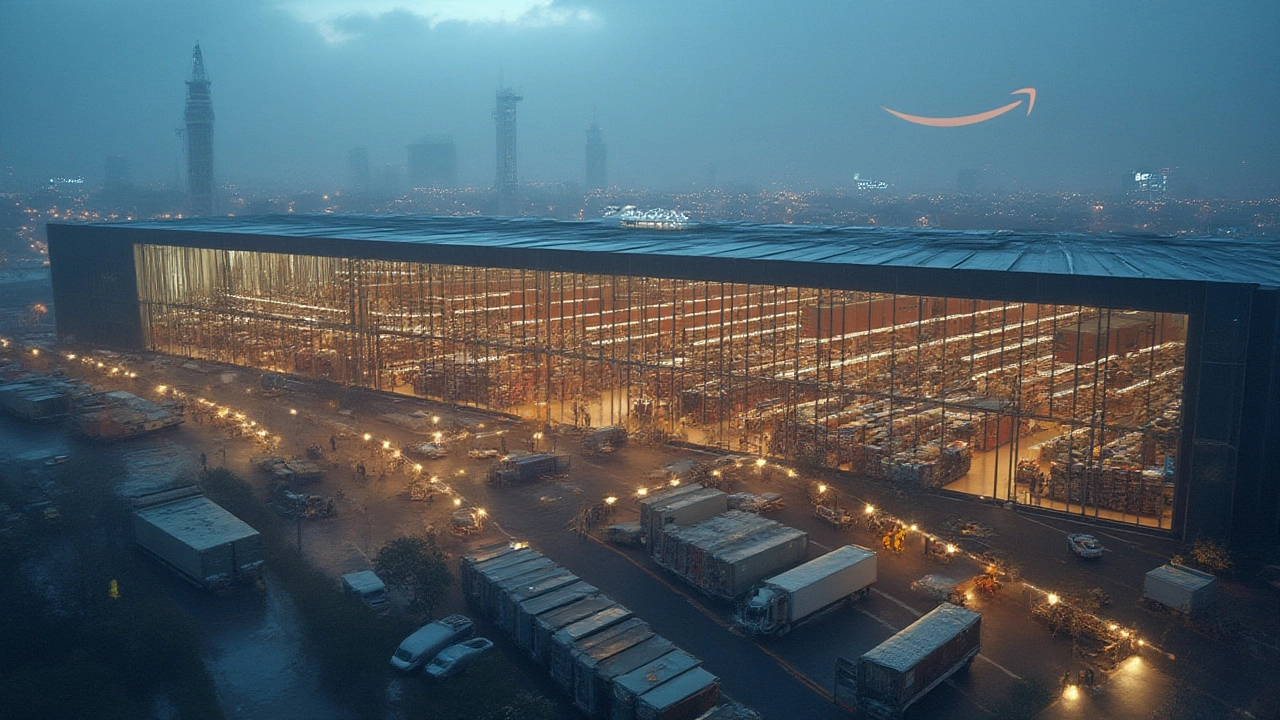Largest Amazon Warehouse: Inside the Giant That Powers Fast Delivery
Ever wonder where the massive Amazon packages you order start their journey? The title belongs to the fulfillment center in North Charleston, South Carolina. With more than 1.1 million square feet of floor space, it dwarfs a typical football field and employs thousands of workers and robots.
Why does size matter? Bigger space lets Amazon store a wider mix of items, from tiny accessories to bulky furniture. It also means they can spread out picking lanes, loading docks, and automation zones, cutting the distance a worker or robot has to travel. The result? Faster order processing and smoother flow of parcels to the next‑day trucks.
What Makes This Warehouse So Big?
The North Charleston site was built to handle growing demand for Prime Same‑Day and Two‑Day shipping. It features stacked racks that reach 30 feet high, dozens of conveyor belts, and dozens of Kiva‑style robots that bring shelves to human pickers. The robots work 24 hours a day, reducing idle time and keeping the conveyor belt humming.
Automation isn’t the only reason for the footprint. Amazon added dedicated areas for returns processing, special‑handling items, and bulk shipments that go straight to freight carriers. Each zone has its own loading dock, so inbound trucks and outbound carrier trucks never cross paths, minimizing bottlenecks.
How It Shapes Same‑Day Delivery in the UK
Even though the warehouse sits in the US, its efficiency ripples across the Atlantic. Amazon’s global network uses data from its biggest centers to predict demand, set inventory levels, and plan air‑cargo routes. That means a UK shopper ordering from an Amazon UK site can get the same‑day promise, because the product was pre‑positioned in a nearby European hub, guided by insights from the giant US facility.
For courier firms like Same Day Express Delivery, this translates into more predictable pickup windows and fewer surprise delays. When Amazon’s big hub runs smoothly, the downstream carriers receive well‑packed, correctly labeled parcels on time, letting us focus on the last mile instead of fixing errors.
If you run an e‑commerce business, tapping into Amazon’s fulfillment can boost your own delivery promises. Store fast‑moving SKUs in Amazon’s UK warehouses, sync your orders, and let the giant handle picking and packing. You then hand the parcels to a local courier for that final sprint to the customer’s door.
Bottom line: the largest Amazon warehouse isn’t just a big building; it’s a hub of technology and process that sets the pace for modern logistics. Understanding how it works helps anyone who relies on fast shipping—whether you’re a shopper, a seller, or a courier—stay ahead of the curve.
Where is the Largest Amazon Warehouse? Discover the True Scale and Location
Explore where the largest Amazon warehouse is, how it operates, and what makes it so huge. Uncover jaw-dropping facts about Amazon’s biggest fulfillment center.
© 2025. All rights reserved.

